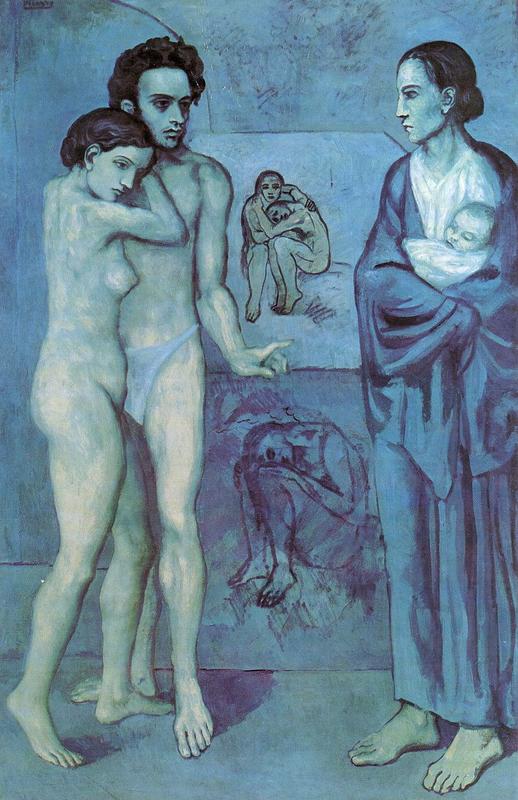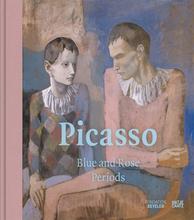More about Life
- All
- Info
- Shop

Sr. Contributor
Eighteen-year-old Pablo Picasso, then Pablo Ruiz, premiered his painting Last Moments at the 1900 Paris World Fair.
Initially, the painting didn’t leave much of an impression, and years later was thought to be lost. Thanks to technology we now know that it wasn’t lost, he just painted this masterpiece titled La Vie or The Life over it. Realistically, it makes sense for an impoverished artist, like Picasso was at the time, to paint over an old painting because canvas was expensive. That very well could be the only reason he painted over it. But, it’s also easy to read into the emotional significance of Picasso choosing to bury that particular painting. Last Moments was a painting of his sister who passed away when he was thirteen. He had promised her that if she lived he would give up painting forever.
As most everyone knows, he continued his painting career and possibly carried a great deal of guilt about doing so. La Vie also memorialized a recent death in his life. Picasso's close friend Carles Casagemas was rejected by Germaine Pichot, the woman he was deeply in love with/unrequitedly obsessed with. Casagemas didn’t take it well, inviting her and a group of his friends to a cafe in Paris for a farewell dinner. At the end of dinner, he tried to shoot Germaine, missed, and shot himself in the head.
Picasso was a few countries away at the time. A short time later, Picasso returned to Paris alone and began his famous Blue period. La Vie and The Old Guitarist are his best-known works from this time. Several of the paintings centered around or featured Casamegas in some way such as The Death of Casamegas. The nude man being embraced by a woman in La Vie is Casamegas and the woman is likely based on Germaine who Picasso also depicted in At the Lapin Agile. Though interestingly enough the nude man began as Picasso himself in his preliminary sketches.
Though in poverty at the time, La Vie was a financial success for Picasso and sold only days after completion.
Sources
- Blier, Suzanne Preston. Picassos Demoiselles, the Untold Origins of a Modern Masterpiece. Durham: Duke University Press, 2019.
- Flam, Jack D. Matisse and Picasso: the Story of Their Rivalry and Friendship. Cambridge, MA: Icon Edition/Westview Press, 2004.
- McNeese, Tim. Pablo Picasso. New York, NY: Chelsea House Publishers, 2006.
- Robinson, William H., Falgàs Jordi, Carmen Belen Lord, and Josefina Alix Trueba. Barcelona and Modernity: Picasso, Gaudí, Miró, Dalí. Cleveland, OH: Cleveland Museum of Art in association with Yale University Press, New Haven and London, 2006.
- Walther, Ingo F., Paul OBrien, and Pablo Picasso. Pablo Picasso. West Germany: Benedikt Taschen, 1986.
Featured Content
Here is what Wikipedia says about La Vie (painting)
La Vie (Zervos I 179) is a 1903 oil painting by Pablo Picasso. It is widely regarded as the pinnacle of Picasso's Blue Period.
The painting is in the permanent collection of the Cleveland Museum of Art.
Check out the full Wikipedia article about La Vie (painting)













